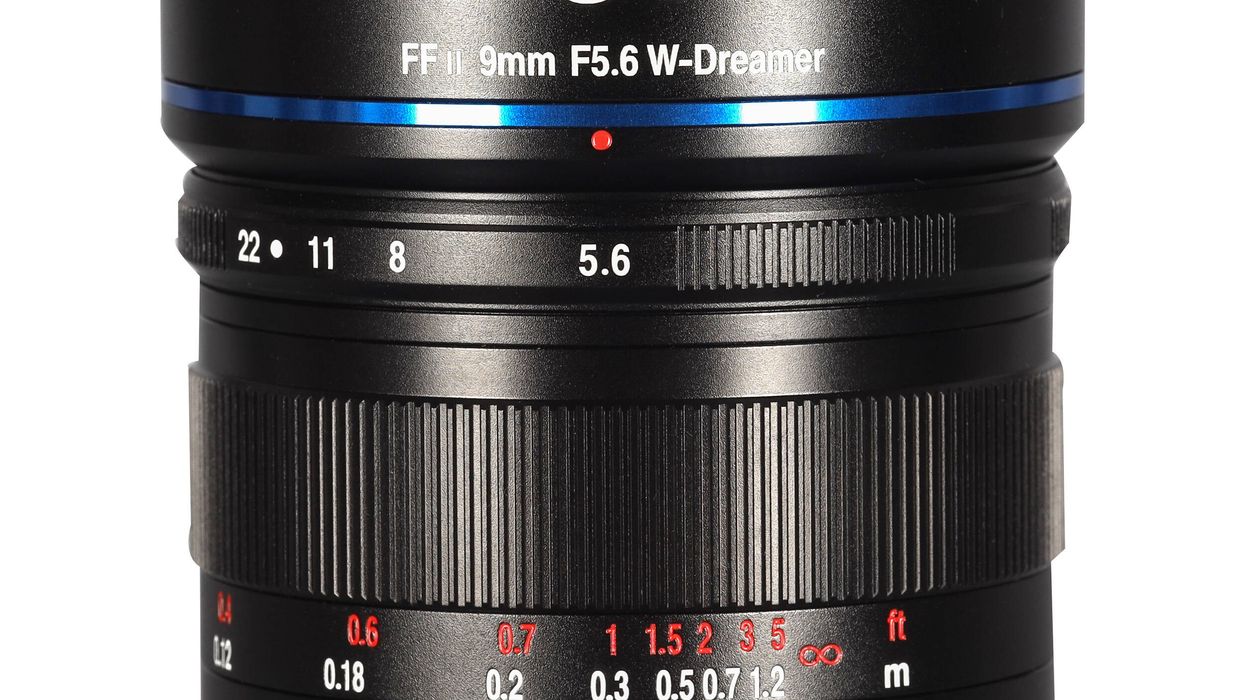Characterized by its extremely wide field of view and rectilinear rendering, the Sony E-mount Laowa 9mm f/5.6 FF RL, offers a uniquely wide perspective that is well-suited for interior, architecture, nature, and landscape subjects. The immense 135° angle of view is complemented by an advanced optical design that uses low dispersion, aspherical, and high refractive index elements to control a variety of aberrations and distortion to achieve high sharpness, clarity, and color accuracy.
Slamdance Announces Winners for the First-Ever Indies Awards
Atikamekw Suns and Carry On win big on a night of celebration for independent cinema.
Dec 10, 2024
It's been a big year for Slamdance. What many of us in the filmmaking community knew as Sundance's weird little brother is growing up to be their own reputable festival, moving from Park Slope to Los Angeles next year. The Slamdance Group also made moves last night with their first annual awards ceremony celebrating independent film, the Indies Awards.
Many of the buzziest independent films in narrative and documentary went home big this year, with projects like Atikamekw Suns, Carry On, and The People's Jokerwalking away with newly minted Indies trophies.
"The Indies is where distinctly independent US and Indigenous feature filmmakers and their films will be seen, heard, and properly recognized year after year in Hollywood,” said Indie Awards co-founder Paul Rachman. Indie Awards co-founder Ben Umstead added, “Such recognition is a powerful tool for change of the status quo, and embracing change equals the film industry at its best.” - Slamdance Group
No Film School loves a good celebration of inclusive independent cinema, and we're both delighted and excited with Slamdance's growth this year. Check out the winners below!
Narrative Awards

The People's Joker
Credit: Vera Drew
Best Narrative Feature
Chloé Leriche for Atikamekw Suns
Outstanding Storytelling Craft
Chloé Leriche & Natalie Lamoureux for Atikamekw Suns
Outstanding Technical Achievement
Giauco Bermudez for Atikamekw Suns
Outstanding Ensemble and Casting
Keris Hope Hill, Mélanie Bray, Constant Bernard, Alex Trahan, Josée Young, Brandon Oakes, Jocelyne Zucco, John Buchan, and Jason Knight for Rosie
The Native Viewpoint Award For Outstanding Indigenous Community Story Collaboration
Chloé Leriche for Atikamekw Suns
The Narrative Committee Renegade Award
Vera Drew for The People’s Joker
The Narrative Committee Authenticity Award
Kelli McNeil-Yellen for Daruma
Documentary Rewards

Laura Pilloni, Cady Voge, Rachel Clara Reed, and Laura Tatham, All We Carry
Courtesy of Slamdance
Best Documentary Feature
Cady Voge, Laura Pilloni, Laura Tatham, and Rachel Clara Reed for All We Carry
Outstanding Storytelling Craft
Karen KH Sim, Elisa Levine, Gabriel Miller, and Brittany Kaplan for Sweetheart Deal
Outstanding Cinematography
Luke Connor, Ben Giesbrecht, Joshua Manyhands, Calvin Stimson, and Anthony Stengal for Aitamaako’tamisskapi Natosi: Before the Sun
Outstanding Use of Archival Footage
John Carlos Frey & James Cude forThe Little Pageant That Could
The Documentary Committee Spotlight Award
Jesselyn Silva for JessZilla
The Native Viewpoint Award For Indigenous Film Critic’s Best Overall Selection
Jules Koostachin for WaaPaKe
Keep ReadingShow less












